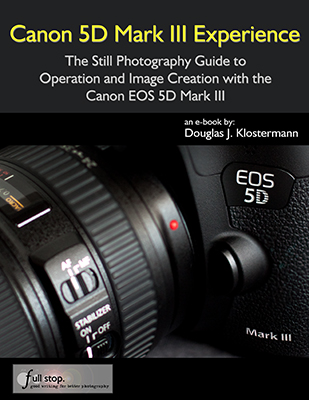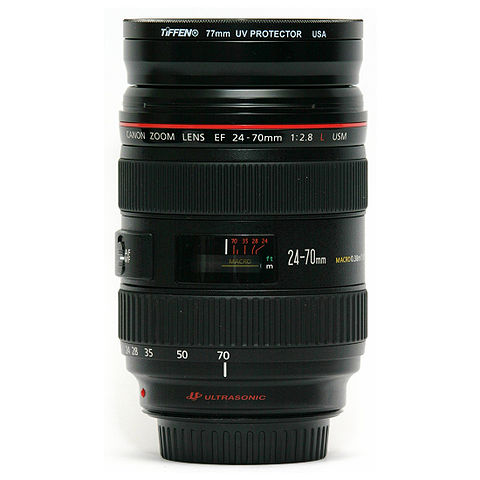I have completed my e-book guide for the new Canon EOS 5D Mark III, called Canon 5D Mark III Experience. This Still Photography Guide to the EOS 5D Mark III goes beyond the EOS 5D Mk III manual to help you learn when and why to use the various controls, features, and custom settings of this powerful camera, including the advanced and sophisticated 61 point autofocus system, the numerous Menu and Custom Function options, and the new controls and features. Written in the clear and concise manner of all Full Stop guides, Canon 5D Mark III Experience can help you learn to use your Canon 5DIII quickly and competently, to consistently create the types of images you want to capture.
Take control of your Canon 5D Mk III and the images you create!
As one Canon user has said about on of my previous guides:
“I don’t know how I could fully take advantage of all the features the camera has to offer without this publication! It’s well-organized, easy to understand, and succinct enough to keep your attention while still containing a wealth of information to get the most out of your camera.”
This book is now available! To learn more about it, please click on the cover or the link below to have a look at my Full Stop e-book website:
http://www.dojoklo.com/Full_Stop/Canon_5DMkIII_Experience.htm
What Readers Had to Say about Doug’s Previous dSLR Camera Guides:
Brilliant – just what I was looking for! A manual that was exciting, clear to follow, had examples and was used by a professional who gave just the right amount of technical info with explanations of why you use those settings, when to use those settings and so on…all properly explained. Doug’s book is a joy to follow, well thought through and well written. The camera company should be employing Doug to write their cameras manuals!
-Robert D.
A Must-Have Accessory – What a great addition to my bag. This is a well written, full body of work that explains, in plain English, how to get the most out my new camera. Doug provides the knowledge and experience to bring you to the next level. I look forward to learning more every time I open the book.
-Steven
Definitely reduces the slope of the learning curve to an easy gradient – I found that it was easy to read and understand, full of important hints and suggestions and allowed me to get to grips with the tools available in the camera in a very short time indeed. Excellent value!
-O.B.
It’s the first guide I’ve read which has taken me through all the settings in an understandable way. I now feel that I have control over the camera.
-Peter S.





